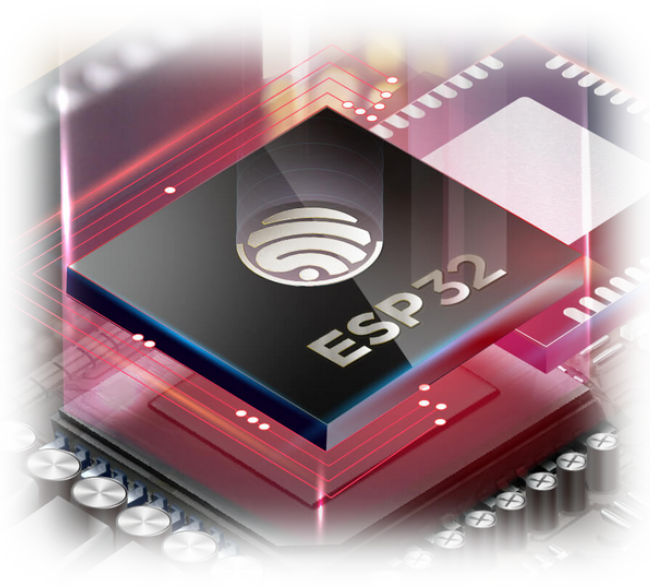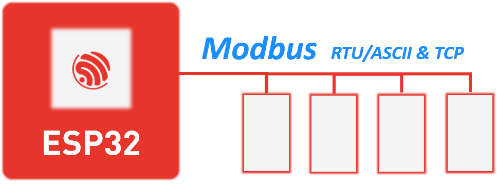
In industrial automation, protocols such as Modbus have been used for decades. Modbus has eventually become a de facto standard. Also the CAN interface has long been used not only in the automotive sector, but also in industry.
The fact that Espressif’s wireless SoCs and modules are not only well suited for IoT applications, but are also quite interesting for industry, is shown by the fact that Espressif offers solutions for both the MODBUS protocol and the CAN interface – software examples included.
Espressif offers a MODBUS stack in the form of a component in  the ESP-IDF (Espressif IoT Development Framework). This is based on the FreeMODBUS stack, a free implementation of the MODBUS protocol by embedded experts an Austrian company. The FreeMODBUS is specially targeted for embedded systems.
the ESP-IDF (Espressif IoT Development Framework). This is based on the FreeMODBUS stack, a free implementation of the MODBUS protocol by embedded experts an Austrian company. The FreeMODBUS is specially targeted for embedded systems.
With the freemodbus component from Espressif the Modbus protocol can generally be used on all ESP32 variants. Software examples, integrated in the ESP-IDF, help developers to use and implement the protocol in their own projects. These examples are currently available for ESP32 and ESP32-S2 cores.
The ESP-Modbus supports RTU/ASCII transmission modes as well as MODBUS TCP.
For more information on the programming guide, the “components”, links to examples and what else needs to be looked at, please refer to our
Check our FAQ to see if the ESP32 SoCs can replace your microcontroller currently not available
All ESP32 variants integrate a so-called TWAI (Two-Wire Automotive Interface) controller. The TWAI is compatible with the ISO11898-1 protocol and corresponds to a CAN2.0 interface.
To help developers get started, Espressif also provides software examples. The “TWAI Network Example” is a demo application that shows how to use the TWAI driver to program a target (ESP32, etc.) as a TWAI node and let two (or more) nodes communicate over a TWAI network.
A more detailed feature list and further information on drivers and examples can be found in our
Contact us for more information on the features and capabilities of the Espressif ESP32 products in the industrial environment.